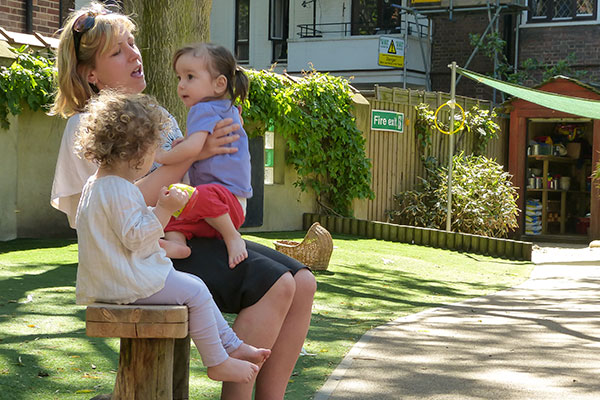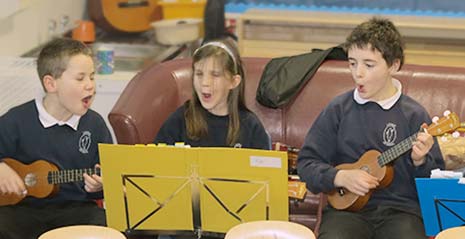The power of storytelling
| August 2017Stories are a powerful learning tool. Compelling research links the number of stories read to a child with their future success. If you’re a teacher, you’ll know the joy of sharing stories with your children for no other reasons than pleasure and the love of books. Teachers can easily identify the children in their class who have books at home and read regularly with their families. But there’s another side to stories that we don’t discuss as much: the amazing benefits of helping your children to become creative storytellers.
Children are hardwired to make sense of the world through stories, just as a baby learns to communicate without formal lessons. Reading and writing, by contrast, are skills that must be taught. Just 150 years ago, this privilege was available only to the rich. But sharing stories has been happening across generations since the start of time – from the first cave drawings and tales told around the fire, to the more familiar traditional fables.
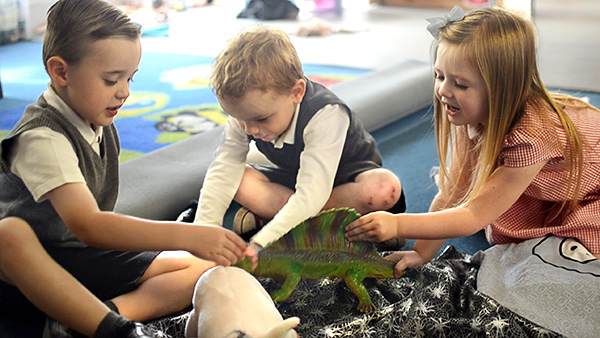
We tell stories about our own family history. Our children learn life lessons through the tales of others. They pick up story telling naturally over time and begin to make sense of their own experiences through story. They are born to be storytellers – you only have to look at their role play.
So what do I mean by storytelling? This isn’t about reading books, retelling traditional tales or even adapting a well-known story. I’m talking about developing your children’s creativity and giving them the skills to confidently share made-up stories based on their interests and the things that are familiar to them. These allow them to make sense of the things they see in everyday life and provide a safe space for children to explore serious issues such as violence and death without being judged.
Storytelling also give you a chance to create silly stories about nonsense, giants, and superheroes, in which anything can happen. Such opportunities aren’t to be underestimated. You can share the children’s sense of humour and laugh together, building strong bonds and showing that their suggestions (however off the wall) are valued.

Ruth Churchill Dower, founder of Early Arts says: “When children create their own stories, they often use characters and situations that reflect real life. This is their way of trying to make sense of situations and relationships in the world around them. Or they might use fantasy worlds to escape from what’s around them because it doesn’t yet make sense, which is just as valid. In fact, children’s imaginations are limited only by the quality of opportunities we offer, so it’s really important for us as educators to try to remove any obstacles we might have put in front of children, such as not providing enough time, space and support for their imagination to really take flight.”1
Some of my first memories are of my Mum making up stories with me. We lived near the beach and Mum would make all sorts of fantastic sand creations which she’d use as props for her story. There was a giant hole where sand fairies lived, a boat that would take us to magical places, and a sand castle with a sleeping dragon on guard. On long car journeys, instead of keeping me entertained with an iPad (which didn’t exist yet), Mum would weave magical tales of Peter Rabbit – very different from the original – involving fairies and motorbikes.
Don’t get me wrong – I am a huge advocate of sharing story books, but there’s something magical about going with the flow and creating mysterious worlds of your own, where you and the child are the creators and the most unlikely can happen. It makes me sad to think that many children miss out on what was an integral part of my childhood.
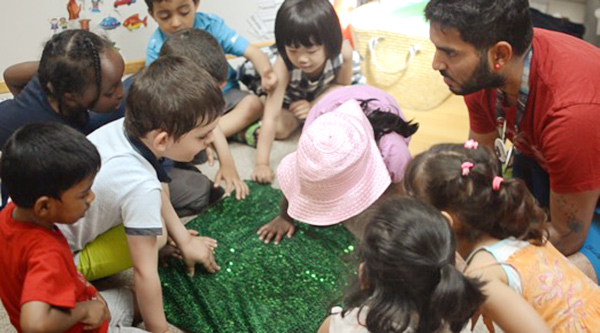
Children deserve the best chance to become happy adults. To enable this, they must be able to build good relationships, develop healthy self-confidence, and have the perseverance required to take on a difficult task. We need to raise children with the flexibility and creativity to do well in jobs we can’t yet imagine. When children develop the ability to orally share their stories with friends and teachers, they are building skills such as creativity, language development, communication skills, social skills and confidence. These key components underpin every area of the curriculum and set children up for academic success.
If we’re trying to help our children to be successful in future employment, we must find out which skills businesses look for. In a study done by Forbes magazine, 1500 CEOs were asked to list the top skills required for success in business. Not surprisingly, the ones mentioned most were creativity, collaboration and communication.2 Increasingly, businesses are starting to recognise the value in workers and leaders who can tell a good story.
As a teacher, I incorporated storytelling wherever possible. I then developed Tales Toolkit, which provides storytelling resources and training. I’ve used these myself for a number of years with 2 to 7-year-olds. Tales Toolkit has won a number of awards and is used globally.
Alistair Bryce Clegg of (abcdoes.com) commented, “A resource that enables children to articulate the stories that matter to them in a way that can be shared and understood is definitely worth having. Tales Toolkit is such a resource, giving children a simple but highly effective means of exploring, creating and telling the stories that are important to them.”
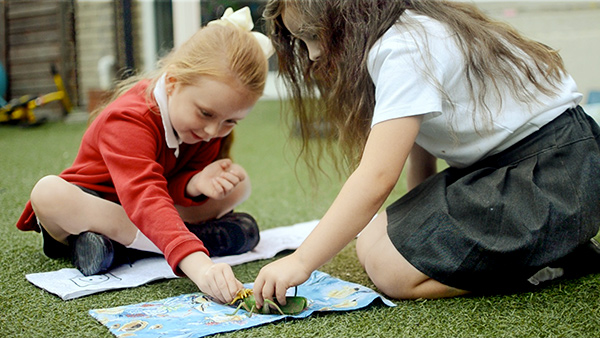
I’ve learnt a lot along the way, read many books and research papers and met many interesting people, so I’ll leave you with some key points to consider when creating the right environment to enable children to make stories.
Safe space – Allow children to engage at their own pace; Let them watch until they feel comfortable enough to join in. Make sure you’re clued in on your school safeguarding policy because sometimes through storytelling you find out worrying things about a child’s home life.
Child led – Listen to a children’s suggestions. Use props that they’re interested in to create stories: favourite popular culture characters, things from home, or a familiar person.
Fun – Make sure you have lots of fun bringing the stories to life with silly voices, actions and songs. Just enjoy spending time with the children and model enthusiasm for storytelling.
Once you’ve come up with these creative, wacky stories (and the children will amaze you because they’re far more creative than us), then make them into class books, act them out and share them with families. This will make children feel their stories are valued. By celebrating and supporting children’s storytelling in this way, you help them become more confident, articulate, empathetic and creative, giving them strong foundations for learning.
References
1. Personal interview with Kate Shelley
2. forbes.com, ibm.com
Images courtesy of the author.

